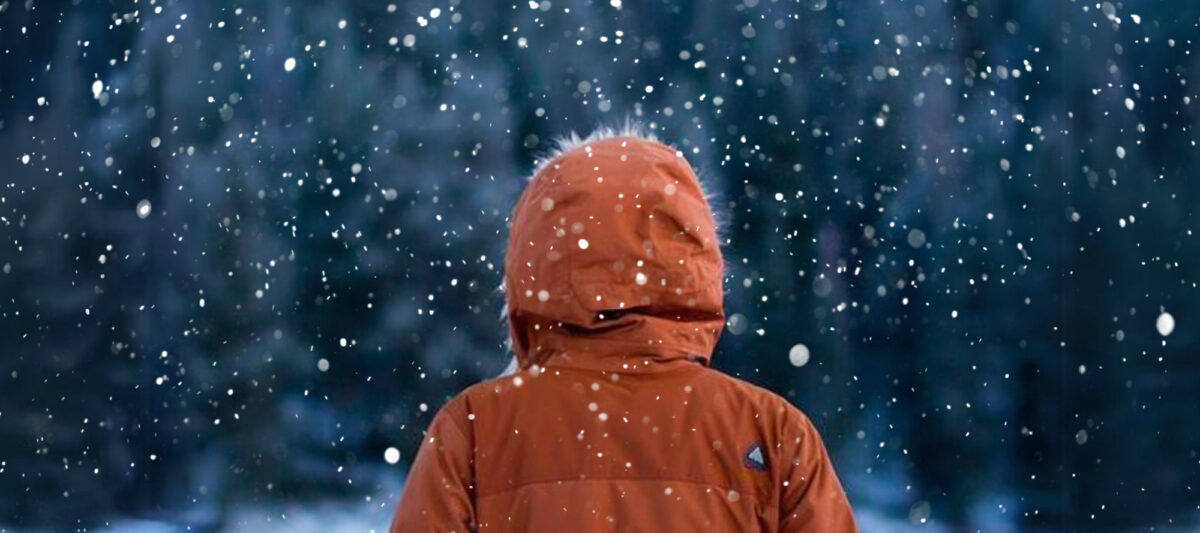“My advice: get out in the cold.”
Temperatures have hovered around freezing in recent days. In Winterswijk, people were preparing for the first ice skating competitions on natural ice this week, while in Twente, code yellow was in force because of snow nuisance. November 2023 entered the books as a mild month, with an average temperature of 7.8 degrees, but with a freezing ending.
“For me too, it was shivering for a while, the first steps in the cold,” says professor of thermoregulation at Maastricht University Wouter van Marken Lichtenbelt. “Initially, the body has to get used to cold. After a few days of cold, it already becomes more bearable, I hear myself say. Our laboratory experiments also show that.”
“Currently, two PhD students, Adam Sellers and Sten van Beek, are working on a first cold test with shivering, in a series of ten days. It seems like everything slows down a bit. At first blood pressure rises, but after ten days it lowered and blood sugars also decreased, after consuming a sugar drink. So did fasting fatty acids and fats in the blood, which went down. All these I call beneficial metabolic changes. Therefore, my advice is: go out in the cold.”
November was mild and suddenly the sometimes cutting cold set in. What exactly happens in your body then?
“At extreme low temperatures, you start shivering. With that, your metabolism, which is almost synonymous with body heat production, goes up considerably, as much as three to five times more than your resting metabolism. Then you can handle a lot, although shivering is not so comfortable. And again: after getting used to the cold, shivering decreases somewhat and chemical heat production in our cells increases somewhat.”
The weather in the Netherlands is becoming more extreme. How can we deal with it properly?
“We have gradually, over the past decades, slipped into a trap of comfort. Our bodies can take a beating, but we shouldn’t then be stuck at 20 degrees all day. More exercise combined with more variation in ambient temperature works well, makes you more resilient to extremes – both cold and heat – and is healthy too. Moreover, we then use less heating in winter and less air conditioning in summer. Saving energy is crucial to slowing down climate change. I see this as killing two birds with one stone.”
Under what circumstance do you personally thrive best and what does that have to do with?
“I sometimes call myself a heat lover. I love warmth and my bedroom can also be nice and warm in summer. But if I want to go for a long bike ride, I prefer another winter day. I feel much more comfortable in the cold when exerting myself. And, strangely enough, I also love to snuggle up thickly under the wool in a cold room in winter. When I hear myself talk like this, I am not very consistent.”
You have been researching this topic for more than 30 years, but From Shivering to Sweating is your first book. Have you come across any striking discoveries while writing it?
“A lot, in fact. For instance, I delved more into the topic of ‘sport and temperature’. Then you notice that in the sports world, many things are recommended that lack scientific support.”
Can you give an example?
“Many people cool their muscles after exercise in the hope that this will promote muscle building. Research suggests the opposite. You may promote recovery, but muscle growth worsens. Besides, extra heating after exercise does not help muscle growth either. So it seems that the body is already doing just right by itself.”
You see more and more people swimming open water all year round, despite the low temperatures. Is that good for you?
“If we don’t include the heart patients for a moment, because they just have to be careful, then I say: yes, but with a proviso. If swimming makes you happy, then that is positive and you should definitely do it. Also, our research has shown that mild cold habituation – six hours a day at about 15 degrees – is positive for your metabolism and for your sugar balance. So being in the cold regularly is beneficial for the way your body processes food.”
In the field of cold, in recent years you have initiated a number of research projects that were not only highly innovative scientifically, but also had a clear social relevance.
“That’s right. In that context, our cold research on people with diabetes and overweight people is nice to mention. In both groups, we saw a beneficial effect on their sugar metabolism. Their insulin sensitivity went up significantly and glucose uptake in the muscles improved.”
On extreme weather: apart from shivering and sweating, do you also understand endless rainfall?
“The only benefit of the heavy rainfall is that our natural areas are recovering from a few too-dry summers. That does make me feel good. Other than that, I get a bit gloomy from every day rain. I lived in the tropics for a while and for five years in Curaçao I woke up pleasantly surprised because the sun was shining.
Yet the other day I caught myself feeling quite happy about a heavy downpour. Because something really happened. Even now, I am not entirely consistent.”
CV Wouter van Marken Lichtenbelt
Van Marken Lichtenbelt received his PhD from the University of Groningen in 1991 on iguana research. He moved to Maastricht University to study temperature and the human body. His pioneering work on brown adipose tissue earned him international recognition in 2009. He has been a professor of thermoregulation at Maastricht since 2014. From shivering to sweating is his debut as an author.
